Honoring the 9/11 20th Anniversary – Nine Ways to Remember and Reflect
On the 9/11 20th Anniversary you’ll find annual events as well as several unique ways to remember this pivotal moment in our Nations history.
On the 9/11 20th Anniversary you’ll find annual events as well as several unique ways to remember this pivotal moment in our Nations history.
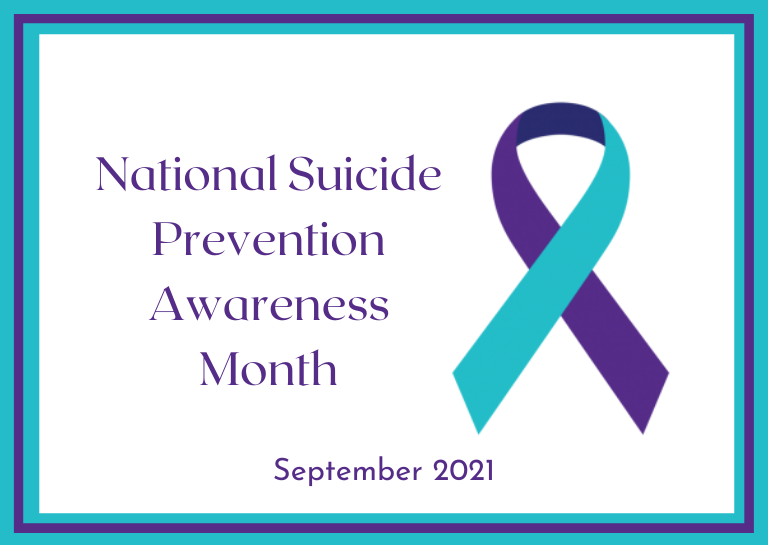
As September is Suicide Awareness Month, it is the perfect time to remind each other how to protect ourselves and our loved ones from this tragic health issue.
Suicidal thoughts – like nearly all other mental health conditions such as PTSD, anxiety disorders, and major depressive disorders, can affect anyone regardless of age, gender or background. However, the 2019 National Veteran Suicide Prevention Annual Report indicates that veterans are 50% more likely to lose their life to suicide than the non-veteran population. Furthermore, suicide rates in Veterans are at their highest within three years of leaving active duty service.
Every year during suicide awareness month, updated suicide statistics are provided to the public. According to the most recent research:
The Veterans Crisis Line, offers free, confidential, 24-hour support for Veterans and their loved ones. Since beginning to promote Veteran suicide awareness in 2007, the Veterans Crisis line has answered more than 1.25 million calls and saved more than 30,000 lives. To reach someone right away you can call in person, send a text, or start an online chat.
Don’t wait for Suicide Prevention Month to seek help for yourself or a loved one. Take advantage of these resources as soon as you believe there is a concern.
National Suicide Prevention Lifeline Text Option – Text NAMI to 741-741
What is the difference between military branches? A side by side comparison of Armed Forces in the United States.
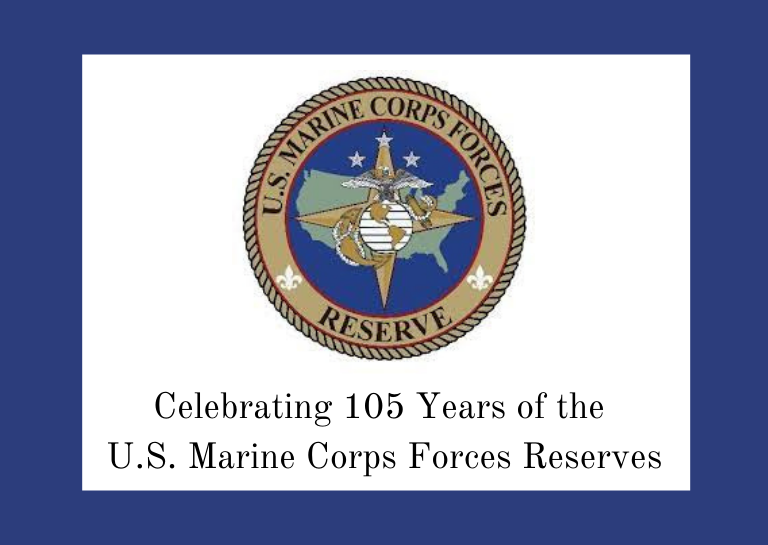
Happy 105th Birthday to the US Marines Force Reserve!
The Marine Forces Reserve (MARFORRES or MFR), also known as the United States Marine Corps Reserve is, as its name suggests, the reserve force of the United States Marine Corps. With 100,000 reserve marines and 160 training centers across the country, the U.S. Marine Corps Reserve is actually the largest command in the Corps.
The United States Marine Corps Reserve was established on August 29, 1916 as part of the Naval Appropriations Act, and is responsible for providing trained individuals and units which are easily mobilized for active duty in time of war, national emergency, or other contingency operations. In fact, the U.S. Marine Reserves have acted alongside the active Corps component in every major conflict since WWI.
The U.S. Marine Reserves is comprised of two groups. The Selected Marine Corps Reserve (SMCR) are Marines who typically belong to reserve units and have a minimum obligation similar to the Army Reserve, and other Reserve forces: drill one weekend per month and two weeks every year. The Individual Ready Reserve (IRR) includes Marines who are no longer active duty but remain available to be called up in case of a war or other emergency. These reservists participate in annual exercises only, as a means of keeping in contact with the Corps.
All reservists participate in musters every year to remain ready in the event that duty calls. They train in a variety of locations across the globe including Norway, South Korea, the Balkans, Central America, Thailand and Africa, and are capable of handlining everything from humanitarian assistance and disaster relief to combat support.
The Marine Forces Reserve’s motto, “Augment, Reinforce, Support,” truly describes the goals of the Reserve Corps as well as the determination and commitment of its members. To learn more, including enlistment eligibility criteria, visit the Marine Forces Reserve Website.
Military Connection wishes very Happy birthday to the USMCRF. And a big thank you to all of our Reservists. Oorah!
Top Ten Vietnam War Movies – Greatest War Movies by Era, a Military Connection Series
Advancements in robotics prosthetics research and new technology in prosthetics leads to improvements in quality of life for amputee Veterans.
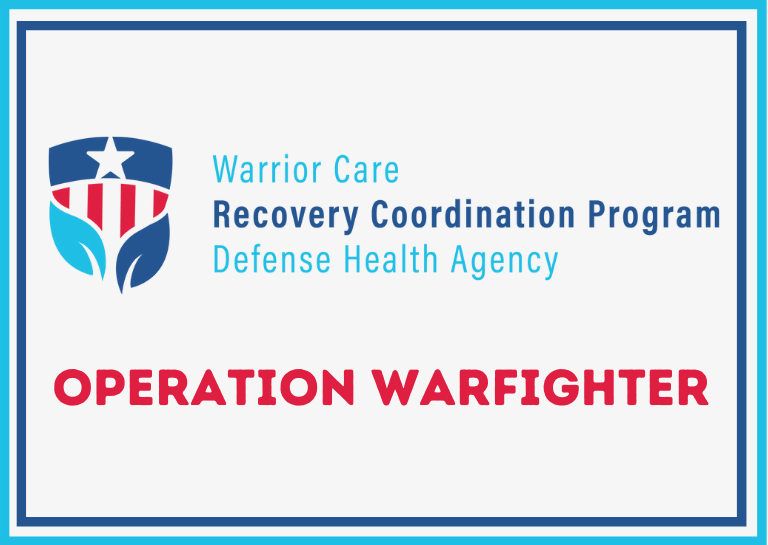
The Department of Defense offers a unique way for Veterans and service members to remain connected to the workforce and their community while convalescing at a military treatment facility. Operation Warfighter (OWF) is a wounded warrior internship program which provides recuperating service members with meaningful activity outside of the hospital walls. Not only does this help maintain emotional wellbeing during recovery, but it also sets the stage for a smooth transition back to civilian life or military service when the time comes.
Service members on medical hold can build their resume while exploring potential employment opportunities they may not have considered, developing skills, gaining work experience, and minimizing gaps in employment.
Placement within host offices is based on skills, expertise, and interests both within and outside of the military. Warfighters are also assigned a mentor upon acceptance into the program who is available for guidance and assistance throughout his or her time in OWF.
Among the many benefits of Operation Warfighter is that all internships are designed to work with the service member’s treatment schedule and timeline. For this reason, most internships include a roughly 20-hour work week and last for approximately 3-5 months.
While there is no guarantee of employment after an OWF internship comes to an end, after being released from medical hold status, service members are considered potential candidates for full time employment with the Department. (Pending separation from the military.)
To be considered for an Operation Warfighter internship, submit your resume and a brief description of the type of assignment you are seeking to [email protected]. Applications go through several levels of review before they are forwarded to the hiring manager, so it may take some time before a decision is made.
For questions about a previously submitted application it’s best to contact the agency with which you applied; however, you can also reach out to the Program Manager at (202) 357-1268 with any questions.
What does a military grave marker look like? Decoding military headstones, plaques, and medallions.
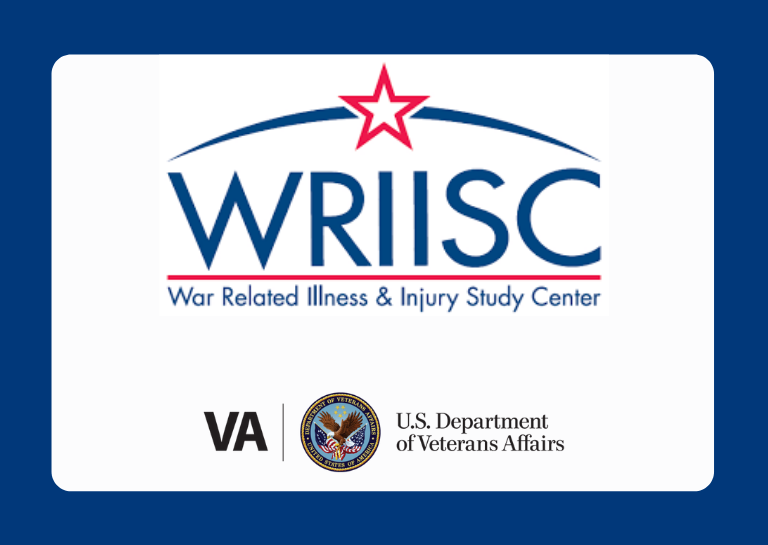
Ongoing conflicts in the Middle East and historic deployments across multiple eras have put service members in a difficult position. Veterans are returning from deployment with a range of physical and mental health concerns which do not improve with traditional treatment. It is no secret that better medical intervention is required to adequately address war related illness in these men and women who so selflessly serve our country.
This is why, in November of 1999, it was recommended that the VA establish centers to study war-related illnesses in Veterans. Proven models of care, research, and education were applied (similar to the way in which geriatric research was already being addressed) to place a focus on understanding war related disease and illness. Two years later, the first two WRIISC centers were established in Washington, D.C. and East Orange, NJ. A third center was created in Palo Alto, CA in 2008.
The WRIISC is intended to be a post-deployment health resource for Veterans and their families. They focus on providing assessments and evaluations for Veterans with chronic, medically unexplained, or difficult to diagnose symptoms that may be related to deployment. With the information collected, the VA is committed to research and establish innovative treatments that will improve the overall health of our Nation’s Veterans.
Veterans’ Health Matters is a podcast established in mid 2020 and sponsored by the War Related Illness and Injury Study Center. Hosts provide up to date information – intended for Veterans, their families, and medical care teams – about recent findings and advancements in treatment for these illnesses.
The podcast is a great resource for any person suffering from post-deployment health concerns. While it might not provide a comprehensive view of all health issues that impact Veterans, it can get the ball rolling for anyone who feels like they need help but doesn’t know where to start. Stream Veterans Health Matters wherever you find your podcasts.
For more information on the War Related Illness and Injury Study, deployment exposures, health conditions, and the research center, visit www.warrelatedillness.va.gov.
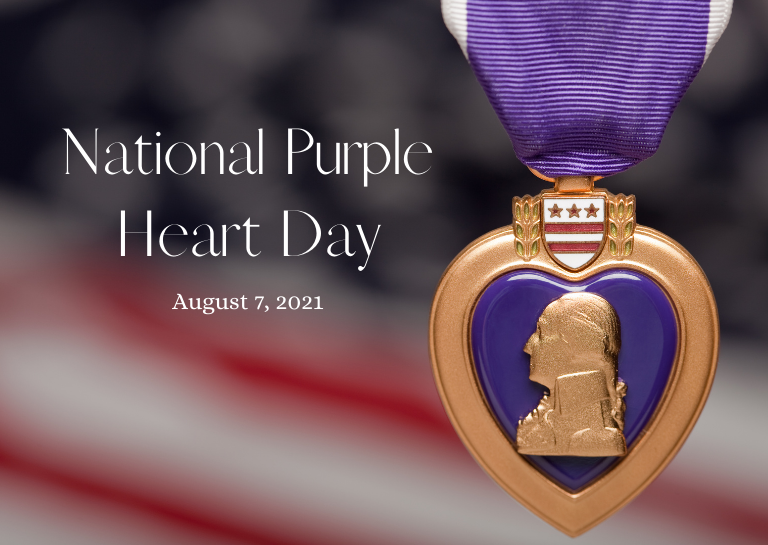
Every year we celebrate National Purple Heart Day on August 7th. But, why? What does Purple Heart Day mean? This national day of recognition was established to honor not the Purple Heart award, but rather those who have earned it.
Interestingly, the history of the Purple Heart isn’t quite as straightforward as one might expect. That said, we believe that in order to properly recognize the 1.8 million service members who have been awarded a Purple Heart, we have to understand what the award is all about and how it is earned.
The first Purple Heart ever awarded was actually called the Badge of Military Merit at the time. General George Washington established it as a way to recognize heroic acts by his troops during the American Revolution. On August 7, 1782 he issued the first three Badges of Military Merit, which were purple cloth patches in the shape of a heart.
The Purple Heart, or Badge of Military Merit, is unique in that it was the first award intended for enlisted troops. But, after General Washington issued the first Purple Hearts, the order allowing for bestowal of the award lapsed. It wasn’t revisited until February 22, 1932 – Washington’s 200th birthday. The award itself was modified into what we know the Purple Heart to be today: a purple medal with George Washington’s profile at the center, attached to a purple ribbon.
Although the award wasn’t officially available again until 1932, it was made retroactive, and was bestowed upon many soldiers who served in WWI. The first Purple Heart medal was awarded to General Douglas MacArthur. It was also at this time that ways to earn a Purple Heart were expanded upon. Upon its revival, this military honor became available not just to soldiers who demonstrated meritorious service, but also those who had been wounded by the enemy. Since then, Purple Heart honorees include some of the most famous names in military history, along with some less likely (yet just as deserving) heroes.
In 1942, meritorious service was removed as a basis upon which a soldier could earn a Purple Heart Award, meaning it was only available only to those wounded or killed in service. Concurrently, it was also made available to all who serve their country, including some civilians. This remained the case until 1997 when civilians wounded by the enemy became eligible for the Defense of Freedom Medal, instead.
After all of that change, what’s the bottom line? To be eligible for a Purple Heart Medal today, one must meet the following criteria.
On Purple Heart Day, and every day, Military Connection honors those who have put their lives on the line to protect American citizens. We are forever grateful for your service.

© 2006-2020 Military Connection, Owned by BL, LLC. All rights reserved